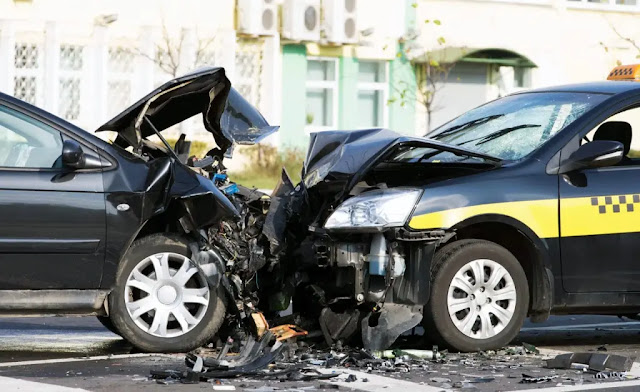The Elements You Need to Prove in a Taxi Accident Case
Today, taxis are considered a godsend for the public. Be it the common man or the rich, many have used taxis in their lives, and in America, taxi services have become an essential means of transportation.
Since the increase of rideshare services, taxi cab services have faced opposition from shared services. But taxicab services are here to stay.
Suppose someone gets involved in a taxi accident. In this event, it is always advisable to seek the help of taxi accident lawyers, as they can easily determine who is responsible for the victim’s injuries and whether a case exists for claiming the rightful compensation.

Elements To Prove In A Taxi Accident Case
It is sometimes difficult to ascertain who is responsible for the injuries sustained in a taxi accident. The relationship a taxi driver has with the taxi company also plays a vital role.
Four elements have to be considered for every personal injury claim. It becomes easy to convince the jury if all the elements meet the requirements, as this will help the plaintiff get the rightful compensation for the damages suffered. The elements are,
Duty of Care:
Every human being driving on any road is morally and legally obliged to a duty of care to all fellow travelers. This particular extent of responsibility is a stepping stone for the dereliction of duty claim.
It is essential to establish that the person at fault for causing the accident had a duty of care towards the victim. If the victim was in a public place, the duty of care is typically shared by motorists, pedestrians, bicyclists, and others nearby.
The duty of care is determined based on the specific circumstances of the accident. For example, if a cluster of balloons suddenly enters the roadway, causing an accident, the court will examine whether the balloon owner took appropriate measures to secure them.
Failure To Exercise Care:
The person responsible for causing the accident had failed to exercise care. The person was texting and driving, and due to this carelessness, it caused an accident. Even though there was no intention of harm, due to negligence, the accident happened. In this event, there is a failure to exercise reasonable care.
Causes and Effects:
Another element is the cause and effect that an action will have. In this context, failing to show adequate care was the actual cause of the accident.
While driving down the highway, a truck driver comes speeding by and honks behind a car. Then the car driver becomes tense and speeds up. In the moment of getting out of the way of the truck, this car causes an accident with the third party.
Even though the actual chain of reaction started due to the truck driver’s action, the car driver’s action caused the accident. Due to this factor, the car driver will be held responsible for the victim's injury.
Actual Damage:
The victim must suffer actual damages due to others’ negligence. This damage could be an injury to property or oneself.
The element of actual damage should be approved for claiming the required compensation.
Conclusion
The few common types of damage that get claimed in injury claims include expenses towards medical costs, lost income, damage to the vehicle, suffering, pain, and disability caused by the person responsible.
When a victim suffers from injuries sustained in a taxi accident, they may not be in their best frame of mind to pursue the case for claiming the rightful compensation. There will be less burden on the victim if an attorney is consulted in the event of a taxi accident.

No comments